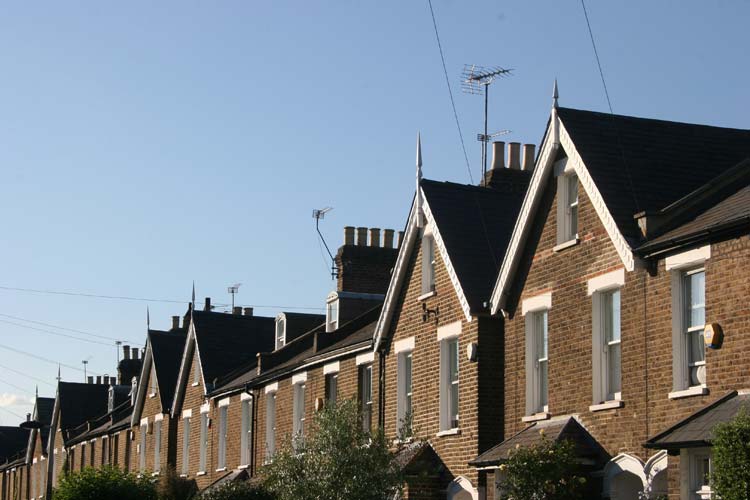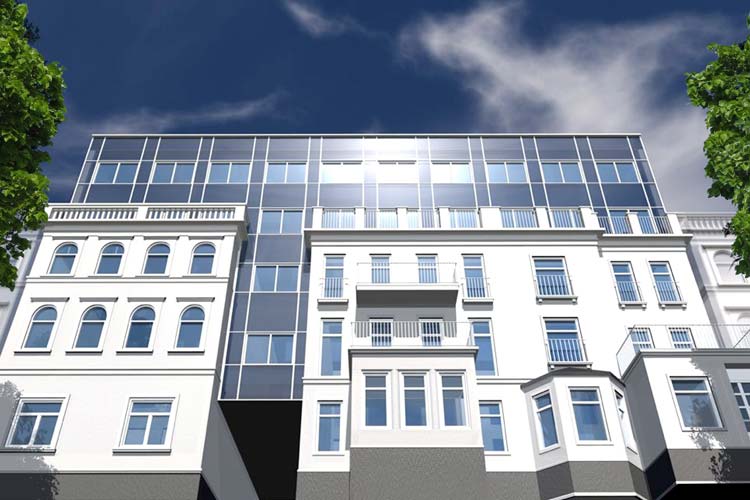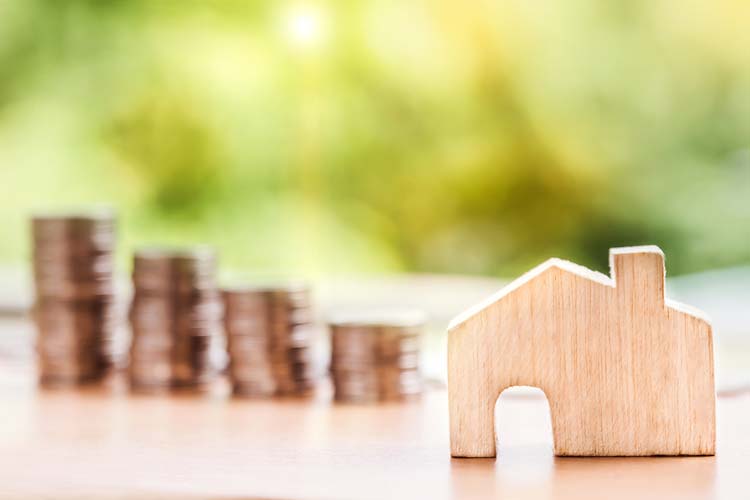Choosing the right buy-to-let property could make the difference between a successful investment and a money-pit.

When buying a house or apartment to let out, there are specific factors to consider, factors that may not be relevant if you were purchasing the property as your own home.
While changes in stamp duty and income tax mean buying-to-let might not be quite as lucrative as it once was, interest rates are still low, and the high cost of homeownership means demand for rentals is higher than ever.
Choosing your first buy-to-let property may feel a bit daunting, so here are some hints and tips on how to choose a rental property.
What is a buy-to-let property?
A buy-to-let property is a residential house or apartment explicitly bought to rent out.
For many investors, buying-to-let is a popular option to boost income and bring increased security in retirement.
Why is buying-to-let different to buying your own home?
When you are buying your own home, your sole consideration is your requirements and tastes. However, if you are buying intending to rent the property out, you must consider the type of tenants you are hoping to attract and their needs.
What should I look for in a buy-to-let property?
Location
As a new buy-to-let landlord, your first decision will probably be the location of your property investment. This is one of your most important considerations. Begin by trying to envisage the sort of tenant you’ll be aiming to attract, then look for somewhere that’s going to appeal to them.
If, for example, you’re looking at young professionals, you’ll probably want a lively area with good transport links and plenty of amenities. You might want to consider whether it’s close to a local employer – a hospital or university, for example. If your target market is families, look for excellent schools, parks and nurseries.
Do some digging so that you have all the facts at your fingertips – find out about crime rates, and average rents in the area. It’s often easiest to concentrate on the place where you live or know well – you’ll already have the advantage of insider knowledge about the best streets. However, if you already own property nearby, you might want to try somewhere different – so all your investments aren’t dependent on house prices in one location.
Type of building
Consider whether you will look for a house, apartment or a house in multiple occupation (HMO); your choice will depend on the type of tenants you are hoping to attract.
Ground floor apartments in communal blocks can offer good value for money but maybe more difficult to let. Reasons include security concerns and noise; if the flat is close to an exterior door or busy road. Privacy and natural light might be issues too.
If you’re looking at upper storeys, check the lift/stairs situation – a big hike up several floors might be a seen as a negative.

New-build or period?
Once you’ve narrowed down your location and type of building, you’ll need to think about the age of the property you’ll choose.
New properties have the advantage of being relatively easy to maintain – great if you don’t want to undertake refurbishment or too many repairs. They are also energy-efficient, so good for anyone letting a property with bills included.
With character and interesting features, older properties can command a higher price, however, and often hold their value better than new-builds.
One, two or more bedrooms?
When deciding on a property, look carefully at the cost per square metre. With so many young couples priced out of buying, one-bedroom flats in the right areas tend to bring the best return for their size.
Be guided by your budget but remember that a one-bed or two-bed apartment will be easier to let, and easier to sell on, than a studio – you might find it easier to get a mortgage too.
Outdoor space
Outside space is an attractive feature for most tenants. Families will appreciate a good-sized garden for the kids to play in whilst students and young professionals want somewhere they can sit outside and enjoy an alfresco meal. Most tenants don’t want to spend their weekends weeding and mowing the lawn, so choose a property with an easily maintainable garden.
Renovation and maintenance
Maintenance costs will eat into your profit, so make sure you look out for potential problems such as condensation, mould, leaks or structural issues. For apartments, check the condition of the communal areas and find out who is responsible for these areas’ upkeep.
To minimise upfront expenditure choose a property that is already in a rental condition. A less expensive property may look like a bargain, but the cheaper the property is for an area, the more likely it is to need extensive renovation before you can rent it out.
If you’re happy to renovate the property, you might get a bargain with a property in need of some care and attention. But ensure that you do your sums first and consider whether you would be better off buying a property you can rent out straight away.
Parking
It won’t be a priority for all types of tenants, but easy parking will help attract some tenants.
Things to consider before buying a property to let
Funding it
Getting the right mortgage deal is crucial to making a decent return on your investment. Buy-to-let mortgages are often more expensive than conventional mortgage because lenders are taking on extra risk. It is still possible to get a good deal though – carefully monitor comparison tables to see what’s available.
The interest rate you pay on your buy-to-let mortgage will depend on factors including the size of your loan and your rental income. Lenders will require a higher deposit for buy-to-let, if you have a deposit of 40% or more you are likely to get a better deal.
Most buy-to-let mortgages are interest-only, this means that you will pay the interest on the loan each month but none of the capital. At the end of the mortgage term, you won’t have paid off any of the loan and will need to find the funds to do so – by selling the house, arranging another loan or from savings.
Repayment mortgages are also available and are becoming a popular alternative.

There are different types of buy-to-let mortgage, including:
- Tracker mortgages, where interest is set at a certain percentage above the Bank of England’s base rate, which means the interest you pay can change.
- Discounted variable mortgages, which have a rate that is always a set amount below the bank’s standard variable rate.
- Fixed-rate mortgages, these are set at a low rate for two, three or five years depending on the deals available at the time. At the end of the period you’ll be moved onto a standard variable rate, at which point you will probably need to look around for a better deal.
Factor in extras
When you are calculating your rental income, make sure you include all your annual costs. As well as your mortgage payments you should also include:
- Maintenance costs
- Insurance
- Letting agent fees
- Service charges and ground rent (for apartments)
- Void periods
Resale value
Although you are purchasing the property as a buy-to-let, there may come a time when you want to sell your investment. Look at past property prices for the area as this can give a good indication of general trends. Look into development plans, some developments like a new high-speed rail link can boost house prices whilst others can have a negative impact.
Consider how hands-on you want to be
Buying the property is only the first step; you will also need to find tenants and deal with any problems that arise. Be prepared to give up weekends and evenings preparing advertising, conducting viewings and sorting out repairs.




